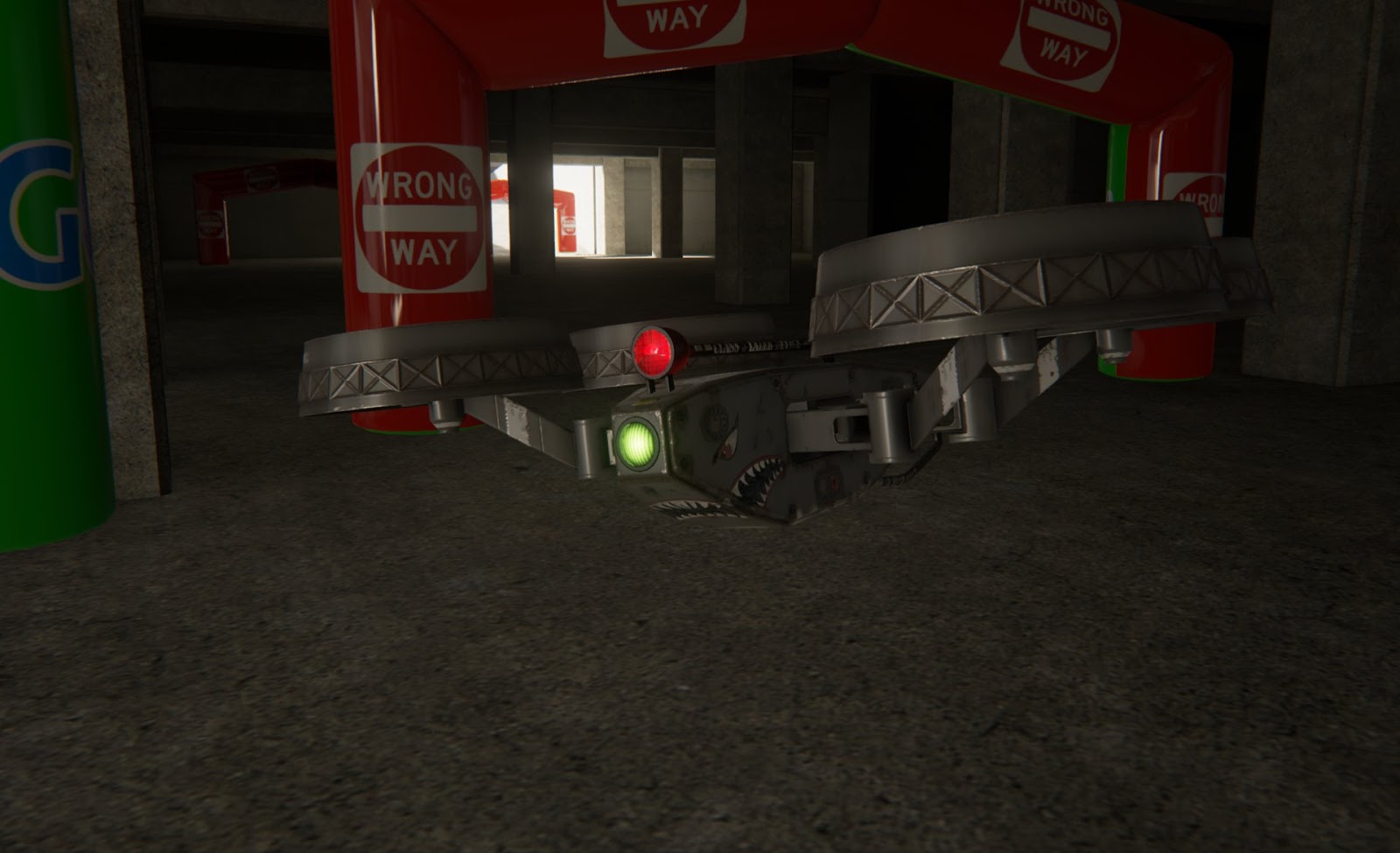No seriously, we're getting married in a small ceremony in three weeks. PBR Materials Shannon has a nice ring to it doesn't it?
Physically Based Materials are an absolute revelation in content creation for games. Not only for the visual quality they allow, but for the workflow and reliability they enable.
The below examples are the same six materials in wildly differing lighting conditions. Absolutely NOTHING has been modified in the material to make it look good in each environment. This isn't entirely because of the material model: Unreal Engine 4 uses some fancy tricks to impart reflections and lighting information to surfaces that help bring the qualities of the materials to life. It's this synergy that allows for the much improved quality, and the incredibly simplified workflow.
Below, you can see the shader network for the metal materials. As you can see, there's absolutely no advanced technical shader construction going on. Just some straight-forward scalar and vector settings and textures. No cube maps, no complex Fresnel falloffs, no HDR highlight breakouts.
This has massive implications for production. No longer do artists need to learn complex and tecnical shader tricks to get the look they want. Artists just need to think in a slightly new way.
The way i've described it to our artists on Drone Zone is to think of the surface as the following three parameters:
With those three parameters, they can describe almost any surface they need. We're pretty much ignoring the specular input and only using the Ambient Occlusion input for our dynamically lit models with explicitly bakes Normal maps (Pretty much just the Drones)
Here's the latest an greatest from Mr Tony Russo showing a great combination between paint, scratches and metal:
And, here's the material. The only "trickery" here is the emissive map!
Here's the best part. The Tech Artist, Me, didn't have to do ANYTHING (other than education)! Tony nailed it and it turned out great! It's DONE. WOOOOO!
It's almost easy :o
Physically Based Materials are an absolute revelation in content creation for games. Not only for the visual quality they allow, but for the workflow and reliability they enable.
The below examples are the same six materials in wildly differing lighting conditions. Absolutely NOTHING has been modified in the material to make it look good in each environment. This isn't entirely because of the material model: Unreal Engine 4 uses some fancy tricks to impart reflections and lighting information to surfaces that help bring the qualities of the materials to life. It's this synergy that allows for the much improved quality, and the incredibly simplified workflow.
Below, you can see the shader network for the metal materials. As you can see, there's absolutely no advanced technical shader construction going on. Just some straight-forward scalar and vector settings and textures. No cube maps, no complex Fresnel falloffs, no HDR highlight breakouts.
This has massive implications for production. No longer do artists need to learn complex and tecnical shader tricks to get the look they want. Artists just need to think in a slightly new way.
The way i've described it to our artists on Drone Zone is to think of the surface as the following three parameters:
- Color
- Metal
- Roughness
With those three parameters, they can describe almost any surface they need. We're pretty much ignoring the specular input and only using the Ambient Occlusion input for our dynamically lit models with explicitly bakes Normal maps (Pretty much just the Drones)
Here's the latest an greatest from Mr Tony Russo showing a great combination between paint, scratches and metal:
And, here's the material. The only "trickery" here is the emissive map!
Here's the best part. The Tech Artist, Me, didn't have to do ANYTHING (other than education)! Tony nailed it and it turned out great! It's DONE. WOOOOO!
It's almost easy :o











Comments
Post a Comment